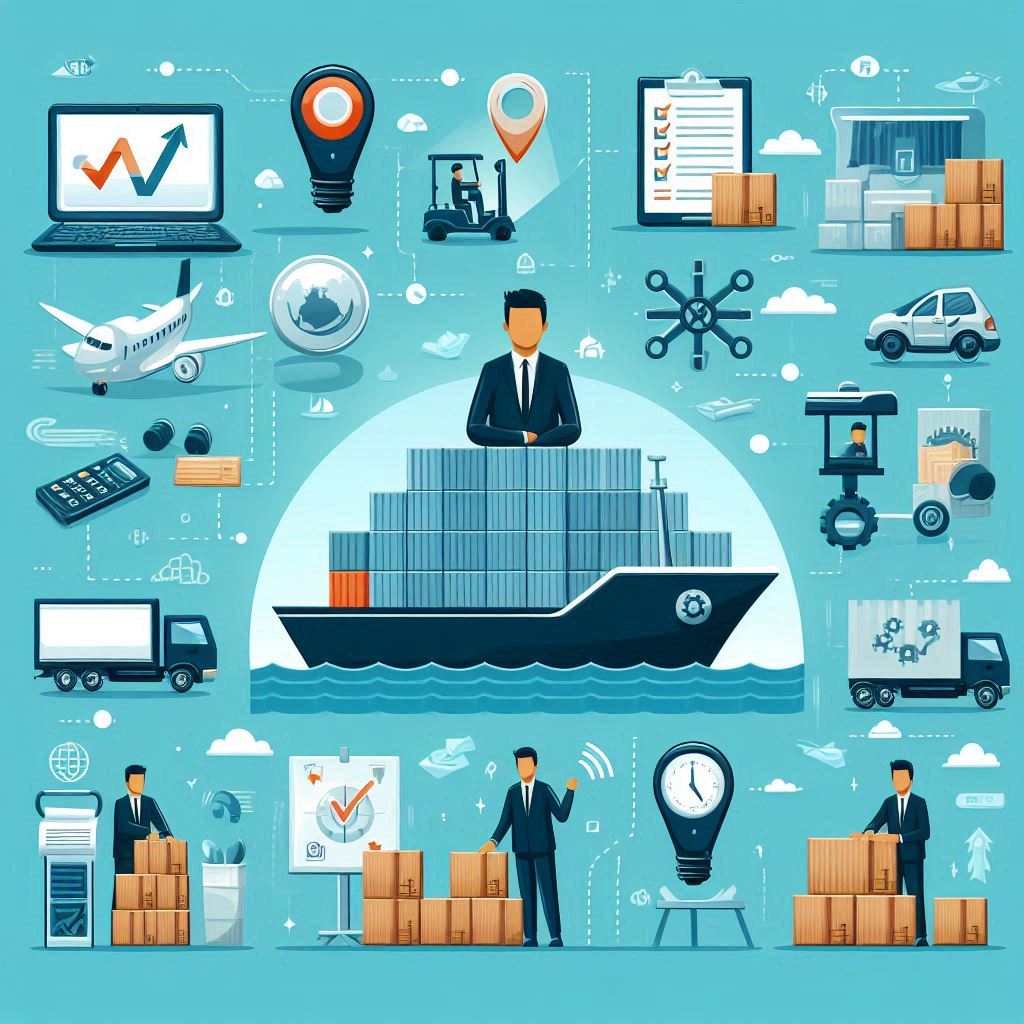The global freight and logistics industry, particularly within air and sea freight, has faced unprecedented changes over the past few years. These shifts have been driven by a combination of factors including the COVID-19 pandemic, geopolitical tensions, changing consumer behaviours, and technological advancements. As a recruitment agency specializing in this dynamic sector, it’s crucial for us to stay ahead of these trends and understand their implications for the workforce.
Current Market Situation in Air Freight
The air freight market has experienced significant fluctuations due to various factors. Initially, the COVID-19 pandemic led to a surge in demand for air freight as passenger flights—which typically carry cargo in their belly holds—were grounded, and the need for urgent medical supplies soared. This resulted in skyrocketing air freight rates due to the limited capacity.
Key Trends and Statistics:
1. Capacity Constraints and Rate Volatility: While air freight capacity has been gradually recovering, it remains constrained compared to pre-pandemic levels. According to the International Air Transport Association (IATA), global air cargo capacity in 2023 is still about 10-15% below 2019 levels. This constraint, coupled with high fuel prices, has led to continued rate volatility.
2. Shift to E-commerce: The pandemic accelerated the growth of e-commerce, leading to a sustained increase in demand for air freight services. IATA reported that global air cargo volumes grew by 6.9% in 2022, driven largely by the e-commerce boom.
3. Geopolitical Tensions: Ongoing geopolitical tensions, such as those involving China and the U.S., have impacted air freight routes and supply chains. Changes in trade policies and sanctions can quickly alter the demand for air freight services, requiring agility from logistics providers.
4. Sustainability Focus: There is a growing emphasis on sustainability in the air freight sector. Airlines and logistics companies are increasingly investing in fuel-efficient aircraft, carbon offsetting, and other green initiatives to reduce their environmental footprint.
Current Market Situation in Sea Freight
The sea freight industry has also seen its share of disruptions and transformations. The pandemic initially caused significant delays and congestion at ports worldwide, leading to a surge in freight rates. While some of these challenges have eased, the industry continues to navigate a complex landscape.
Key Trends and Statistics:
1. Port Congestion and Delays: Port congestion remains a persistent issue, particularly in major ports in the U.S. and Europe. The Global Port Tracker report indicated that, as of mid-2023, average container dwell times in major ports were still 25% longer than pre-pandemic levels.
2. Freight Rates Normalization: After peaking in 2021, sea freight rates have started to normalize but remain above pre-pandemic levels. The Shanghai Containerized Freight Index (SCFI) showed a 30% decrease in average freight rates in 2023 compared to 2022, but rates are still 50% higher than those in 2019.
3. Shift in Trade Lanes: There has been a noticeable shift in global trade lanes due to changing trade policies and regional economic developments. For example, the increased focus on nearshoring has led to a rise in intra-regional shipping routes within Asia and Latin America.
4. Sustainable Shipping Practices: Similar to the air freight sector, there is a growing focus on sustainability in sea freight. The International Maritime Organization (IMO) has set ambitious targets for reducing greenhouse gas emissions, leading to increased investment in cleaner technologies and alternative fuels.
What Could Happen Next?
Given the current landscape, several scenarios could unfold in the near future for the air and sea freight industries:
1. Continued Rate Volatility: With ongoing capacity constraints, rate volatility in both air and sea freight could continue. This would require companies to be more agile in their logistics planning and cost management.
2. Technological Advancements: Investment in technology, such as automation, AI, and blockchain, could transform operations, improve efficiency, and reduce costs in both sectors. Companies that leverage these technologies will likely gain a competitive edge.
3. Increased Focus on Sustainability: Regulatory pressures and consumer demand for greener practices will drive further investment in sustainable technologies and practices. Companies that proactively adopt these measures will be better positioned for long-term success.
4. Geopolitical Shifts: Geopolitical dynamics will continue to play a significant role in shaping the air and sea freight industries. Companies will need to stay informed and adapt to changes in trade policies and regulations to mitigate risks.
Conclusion
The air and sea freight industries are navigating a period of significant change and uncertainty. As a recruitment agency specializing in this sector, it’s essential to understand these trends and their potential impacts on the workforce. By staying informed and adaptable, companies can better position themselves for success in this dynamic market. For businesses looking to hire top talent in freight and logistics, partnering with a knowledgeable recruitment agency can provide the expertise and insight needed to thrive in today’s evolving landscape.
If you’re looking for skilled professionals who understand the intricacies of the air and sea freight industries, contact us today to learn how we can help you find the right talent to navigate these challenging times.






